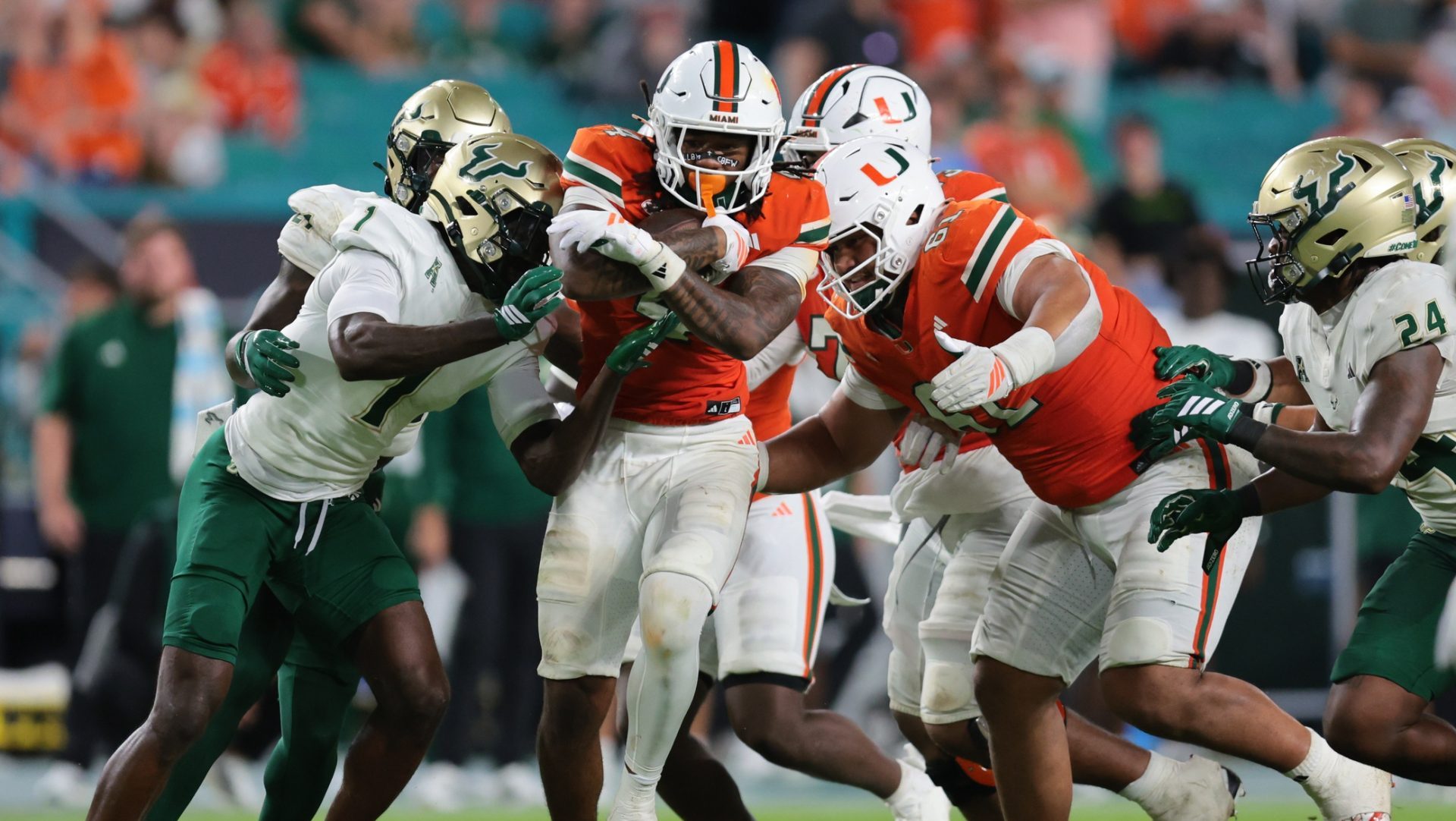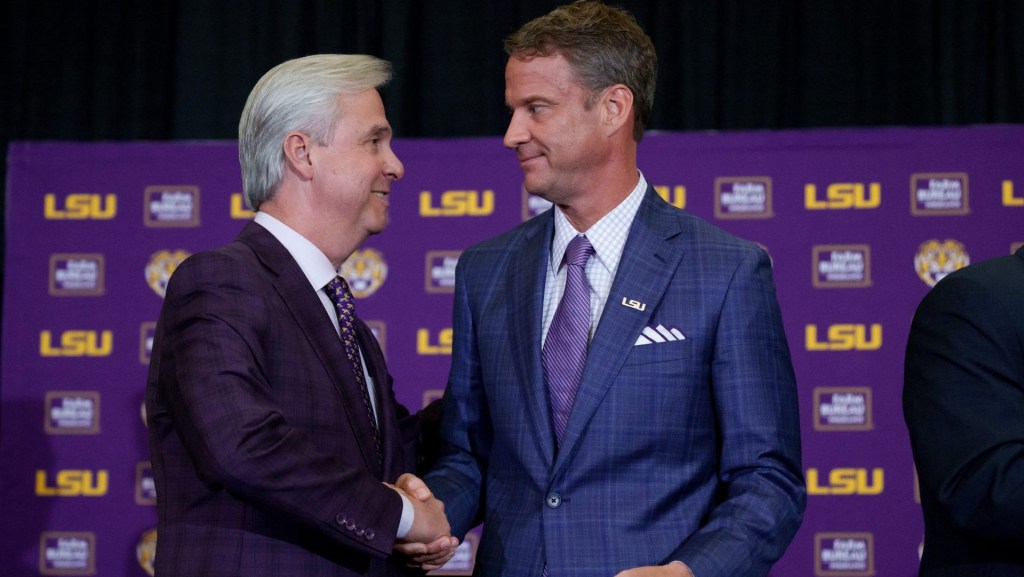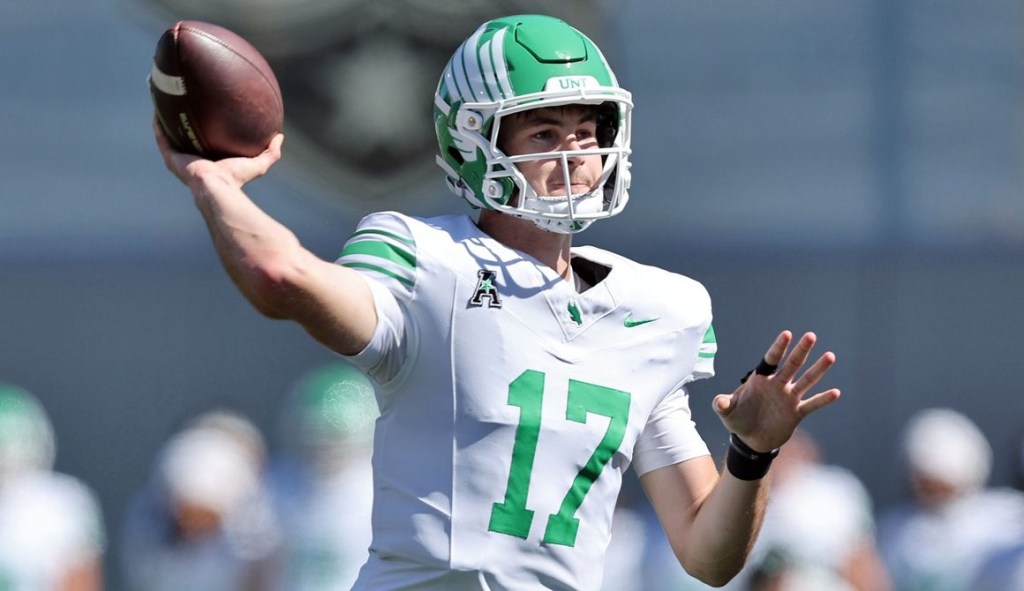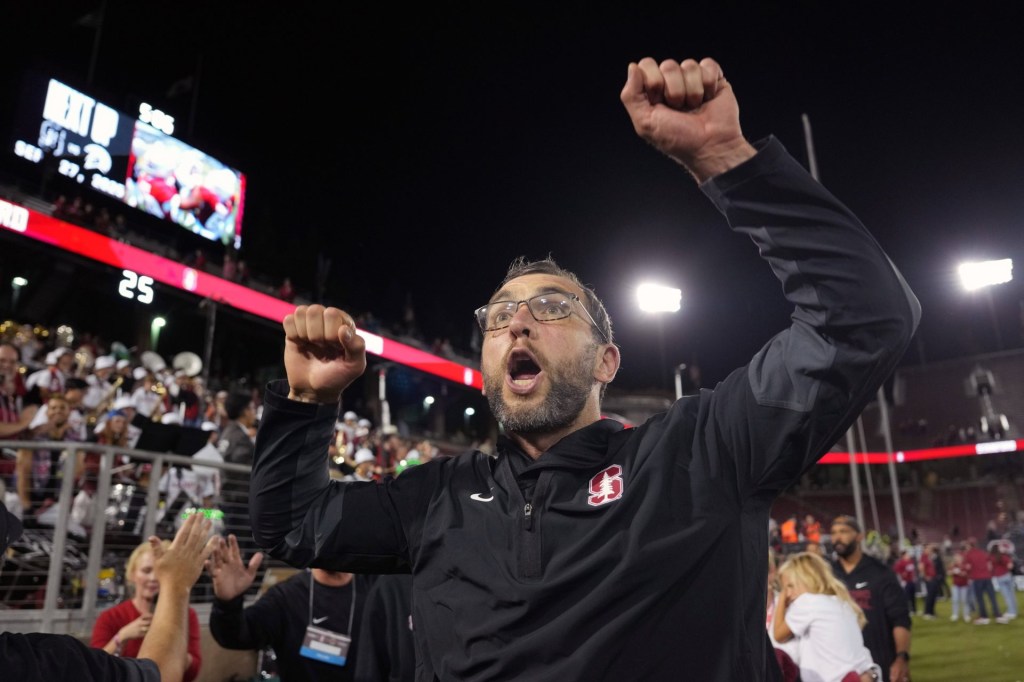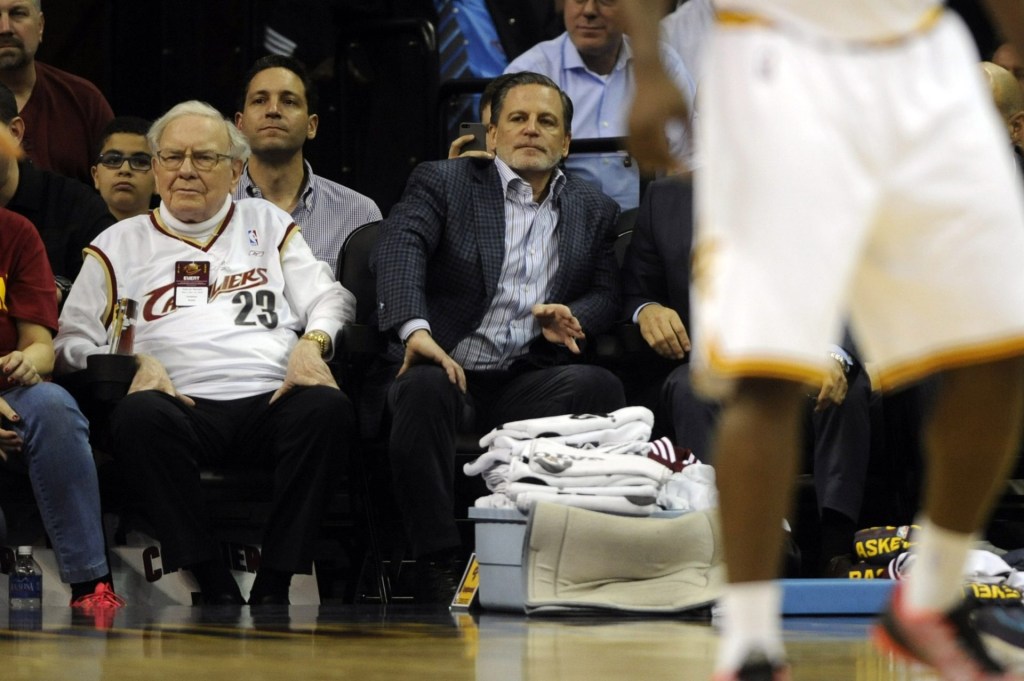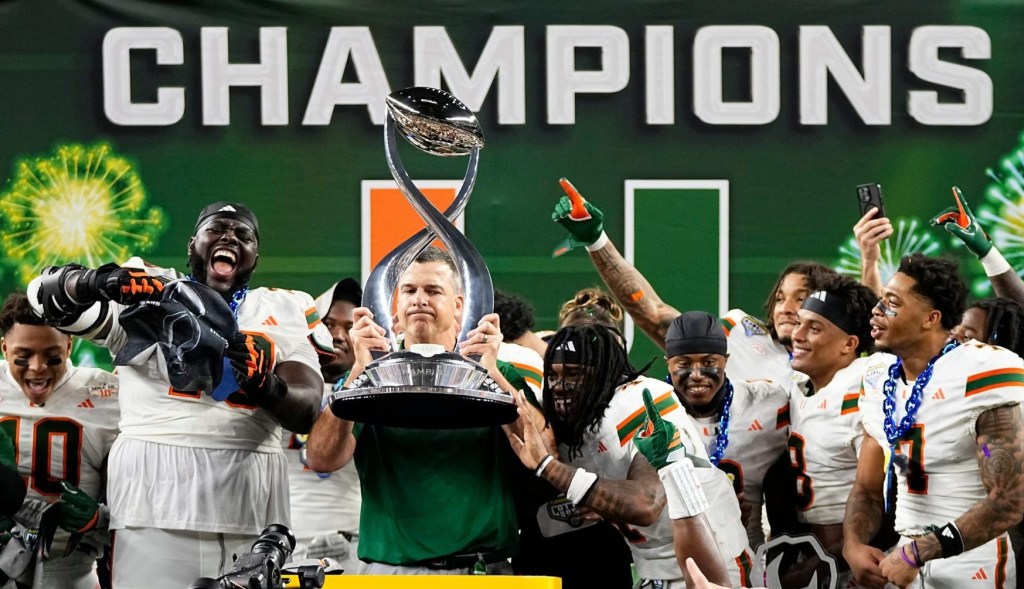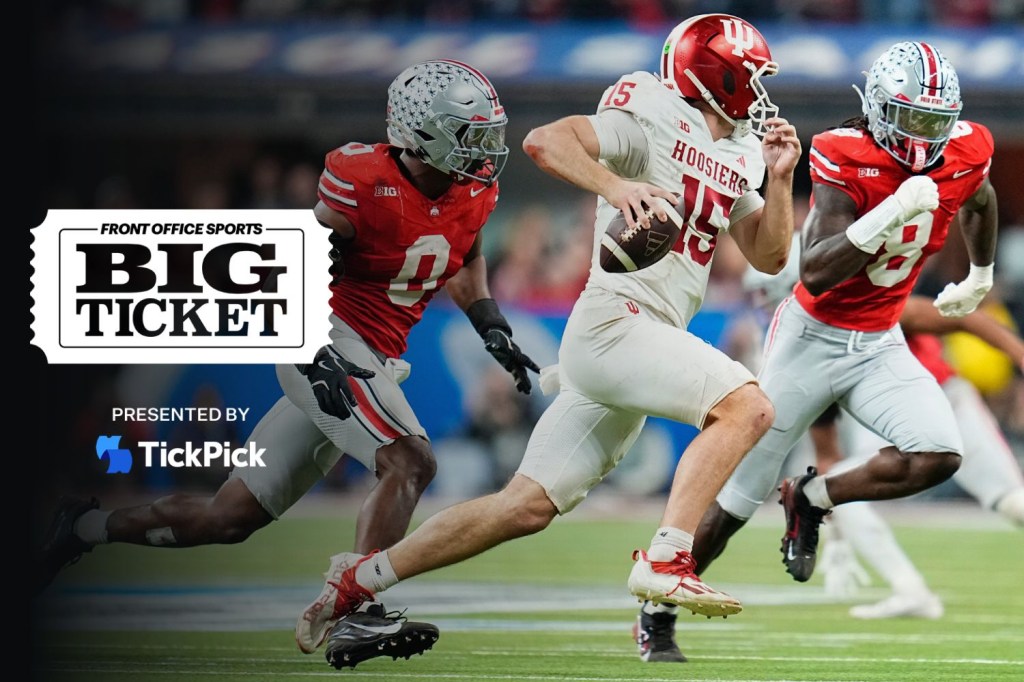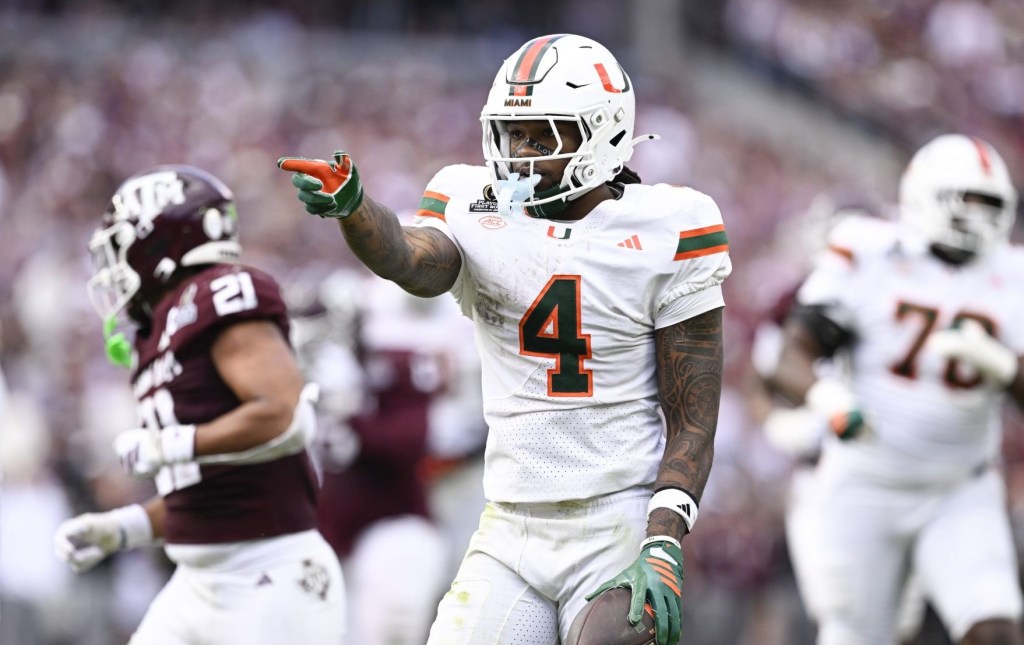The NCAA is taking steps to rein in “unrestricted free agency” in college football.
On Wednesday, the NCAA announced it had approved the elimination of the spring transfer portal window for football—leaving players just one window to transfer at the conclusion of football season.
Players don’t have to decide which school to attend during the transfer portal window. Instead, the window is simply an allotted amount of time for them to declare that they intend to transfer for the following season.
The previous structure included two windows that ran in December before the College Football Playoff, from Dec. 9 to Dec. 28, and another in the spring that ran from April 16 to April 25. Now, there will be just one timeframe at the end of the college football season.
The American Football Coaches Association supported the elimination of the spring window. The combination of NIL (name, image, and likeness) deals and the ability for players to transfer as many times as they wanted led to athletes re-negotiating contracts and transferring every year. That also meant coaches had to re-recruit their roster every season. Through the American Football Coaches Association, coaches had voiced frustration over having to worry about players leaving their programs twice a year: in spring and winter.
The governing body has not, however, made a decision on the specific dates and length of the existing winter window.
Currently, players have 20 days at the end of December to enter the portal—a timeline that has been burdensome for coaches participating in the College Football Playoff. The NCAA is discussing a proposal that would shift and shorten the window to begin Jan. 2, after the CFP quarterfinals have concluded, and run until Jan. 11. Players still involved in the CFP at the time of the transfer window, however, will have five days after their season ends to enter the portal.
Another proposal would kill all recruiting in December.
The changes will undoubtedly shorten the period players will have to transfer, but it’s unclear whether the NCAA has the power to enforce these windows. That concept was challenged last year by Miami football player Xavier Lucas, who left Wisconsin after the school had refused to enter his name into the portal. He skirted the rules by enrolling at Miami after the portal window had closed, and then joining the team.
